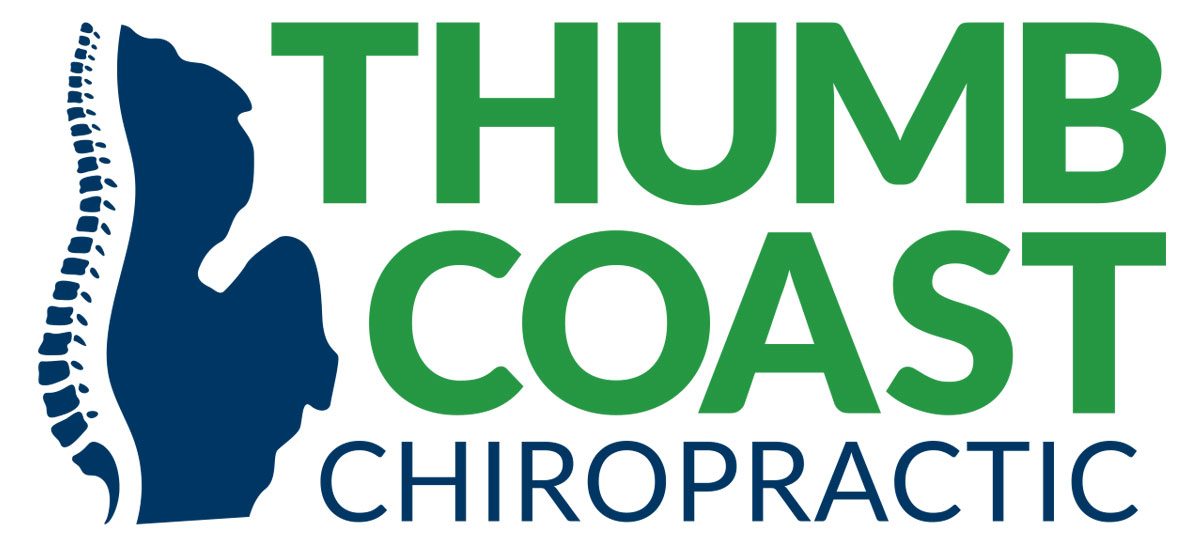Anyone who has experienced pain understands that it can be debilitating. Pain can make it challenging to manage everyday tasks and can affect relationships and physical and mental health in many ways. Pain medications were once the norm, but with the rise of the opioid epidemic, it may be wise to take a different approach to pain treatment.

Statistics from the Centers for Disease Control and Prevention, the Agency for Healthcare Research and Quality and the United States Department of Health and Human Services reveal that as many as one in five people received prescription opioids long-term for noncancer pain in primary care settings in 2016. While opioid use for pain does not always lead to abuse of these medications, opioid addiction has become a widespread problem across North America. These same agencies report that approximately 1,000 people are treated in emergency departments in the United States each day for misuse of prescription opioids. Between 2016 and 2017, opioid poisoning hospitalization rates went up by 8 percent in Canada, resulting in an average of 17 hospitalizations each day. Chiropractic care may be one avenue to pursue as a viable alternative to pain medications.
While chiropractic manipulations are most often associated with back and neck pain, there are many different benefits, some of which may surprise those unfamiliar with chiropractic care for this type of care.
- Migraines and headaches: Research shows that spinal manipulation can be an effective way to treat migraines, tension headaches and headaches that begin in the neck. In clinical trials conducted at Macquarie University, 72 percent of migraine sufferers had noticeable or substantial improvement after a period of chiropractic treatment.
- Accident injuries: Chiropractors can assess musculoskeletal anomalies caused by motor vehicle accidents as well as slips and falls. Whiplash is a common issue in car crashes, and this may be addressed by a chiropractor.
- Anxiety and stress: The fight or flight mechanism that is activated when a person experiences stress and anxiety can take its toll on various parts of the body. Because stress involves nerve impulses, chiropractors may be able to work primarily with the spine where these impulses originate to help release tension and nerve irritation. In addition, adjustments can improve blood circulation, which may help signal the brain to turn off it's rally to action response to stressful situations.
- Fibromyalgia: Fibromyalgia is marked by widespread musculoskeletal pain in the joints, muscles, tendons, and other soft tissues. It can be combined with temporomandibular joint syndrome, or TMJ, as well as irritable bowel syndrome, among other illnesses. Chiropractors can remove subluxations, which are misalignments of the vertebrae in the spine and joints that lead to pain responses. A Florida State University study found that those with fibromyalgia who combined resistance training with chiropractic treatment two times a week saw improvements in their symptoms.
Chiropractic care may be an asset for pain management, as well as a way to improve overall health.
